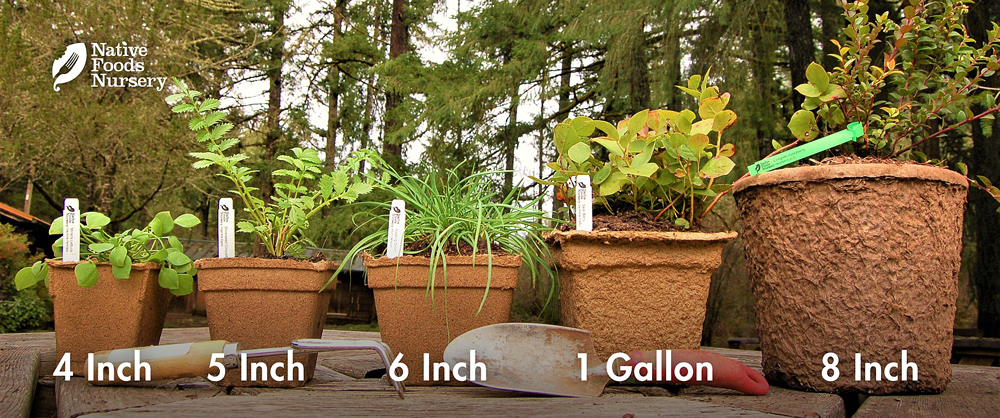Red Alder is a fast growing, nitrogen-fixing, deciduous tree that is native to the Pacific Northwest.
Edible Uses
The Red Alder is a native food with edible catkins (male flowers) that can be eaten raw or cooked. They are rich in protein but have a bitter flavor. The inner bark can be eaten cooked but it must be dried since it is emetic when fresh. The inner bark is often dried, ground into a powder and then used as a thickening agent in soups or mixed with cereals when making bread. The sap can be used like maple syrup raw, harvested in late winter. The flow is best on a warm, sunny day that follows a freezing night. The sap has a sweet flavor and is used to sweeten other foods.
Ornamental Qualities
The Red Alder is a medium sized tree, usually reaching 45-50ft but it in ideal conditions can be up to 90 ft. It has elegant, long red catkins in spring and small cones that are densely packed with seeds in the fall. If you have a wet, marshy area consider planting Red Alder as an overstory with Cattail, Panicled Bulrush, and/or Northwest Territory Sedge to create an abundant, edible wetland!
Environment and Culture
The Red Alder can be found growing around marshes and stream banks all over the lowlands of the Pacific Northwest. Red Alder can tolerate maritime conditions and brackish, saline water and is a great choice for environments that other trees have difficulty growing in. Its multitudinous uses include food, dye, medicine and woodworking. It is also a choice wood for smoking salmon.
Northwest Native American tribes today still value this special tree as food, medicine, and family. Despite great cultural losses, they continue to work towards stewarding and restoring wild populations, both strengthening the integrity of the ecology and sustaining their cultural heritage and wisdom. These strong and recovering peoples and plants deserve our respect, gratitude, and reparations. (Learn more & how to help on our Charitable Giving page.)
Harvest, Care, and Preparation
The Red Alder grows very quickly up to 10-15ft and has a moderate growth rate up to 50ft. They are not drought tolerant and should be planted in marshy, wet, or seasonally flooded areas. Harvest the sap and catkins in early spring, catkins are very bitter and should be cooked and seasoned to increase their edibility. Harvesting the bark and sap will damage the tree and should probably be thought of as food only in lean times.
Native Range: CA, OR, WA, ID, BC
USDA zones: 5-10
Ease of Care: Easy
Deer Resistance: Moderate
Light Requirements: Full Sun
Soil Type: Any
Water Requirements: Moist-Wet
Pollination: Self Fertile
Bearing Age: N/A
Size at Maturity: 45-50ft
Bloom Time: Feb-March
Harvest Time: Catkins and sap in the Spring, bark in the Fall
Pot Sizing Guide
